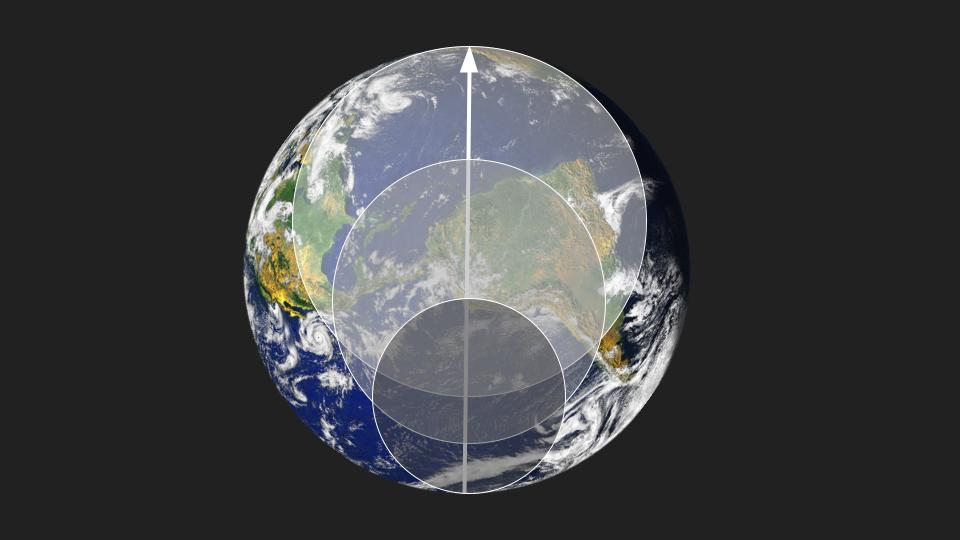

Welcome! My name is Danica Dillion. I’m an NSF Graduate Research Fellow working with Dr. Kurt Gray in the Deepest Beliefs Lab at UNC at Chapel Hill.
Research
I study changing belief systems: why we see the world the way we do, what happens when conflicting views come head-to-head, and how our collective understandings of the world change in tandem with new ways of living.
We were born at a time of major change. My grandparents couldn’t have imagined the modern world I’m living in, and I can’t fathom what my grandkids will be up to one day. How is all of this change impacting our belief systems?
I’m grateful to get to work on the questions that would otherwise fill up my free time. Here’s what I’m currently researching…
Social atomization and political polarization

People used to live in tight-knit communities. Today, relationships are often spread out across different places and social circles. As our social groups are fracturing, the nation is also growing more divided down party lines. I use social network analysis to study the connections between these trends, analyzing how social network structure impacts affective polarization. Preliminary findings suggest that denser social networks may reduce partisan animosity.
Think local, help global

We face several large-scale issues that are hard to solve. One challenge is how to find solutions collectively in an atmosphere of high polarization. Could we make more progress tackling big problems locally? I’m investigating whether framing issues locally helps facilitate more concrete and productive dialogue.
Adapting to new social network structures

Our global networks have rapidly grown more connected. You can now call someone on the other side of the world instantly and fly to see them in a day. How do people adapt when their social networks become more connected? I’m using agent-based modeling and economic games to see how changing network structures alter group coordination strategies.
Perceptions of AI and robots

Much of the sci-fi of yesterday is becoming the reality of today. Machines and algorithms are replacing people in several industries, including domains once thought by many to be uniquely human: language and art. The new capabilities of AI can be awe-striking and exciting, but also threatening and scary. I’m studying how people react to AI and robots that seem human.
Supernatural explanations

Human cultures around the globe use religion to understand the world. But what kinds of events are most commonly attributed to supernatural agents? I’m using ethnographic analysis to investigate which kinds of phenomena people most frequently ascribe to supernatural beings, and how new technology changes supernatural explanations.
Publications
Jackson, J.C., Wilbanks, D., Gray, K., Watts, J., DiMaggio, N., Doucette, M., Bastian, B., (2023). Supernatural explanations across 114 societies are more common for natural than social phenomena. Nature Human Behavior.
Wilbanks, D., Moon, J. W., Stewart, B. A., Gray, K., & Varnum, M. E. (2022). Not just a hijack: Imaginary worlds can enhance individual and group-level fitness. [Commentary]. Behavioral and Brain Sciences.
Liu, S., Zhu, J., Liu, Y., Wilbanks, D., Jackson, J. C., Mu, Y. (2022). Perceptions of strong social norms during the COVID-19 pandemic is linked to positive psychological outcomes. BMC Public Health, 22: 1403. https://bit.ly/3X1yCmH
Armstrong, T., Wilbanks, D., Hsu, K., Leong, D., (2021). Is there a measurement crisis in disgust research? Journal of Anxiety Disorders.
Music
Mixes
Original tracks
Art







Contact
danica.j.wilbanks@gmail.com